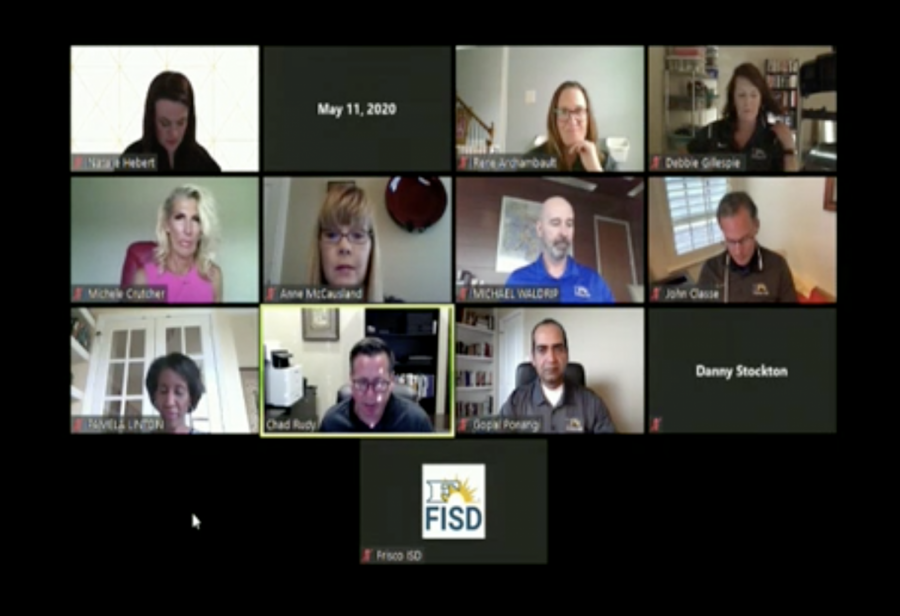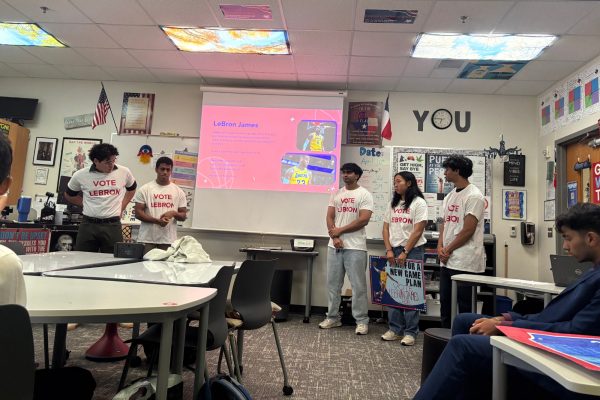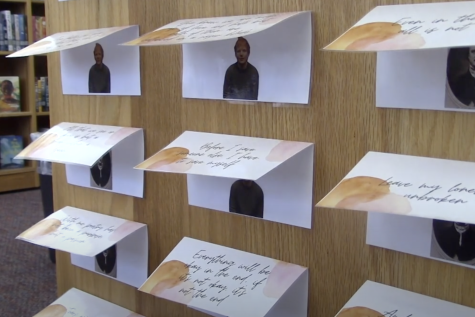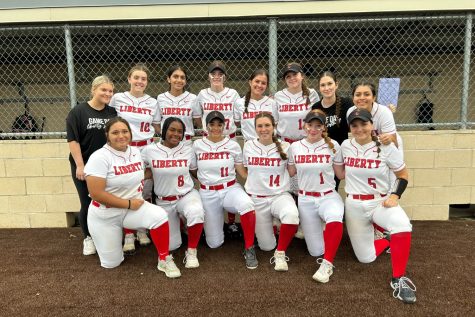Zoomed out
Teachers trying to avoid lengthy Zoom classes
In years past, freshmen on campus have filled the hallways for one night exclusively, Rising Freshman Night. Now, this year’s participants will be taking a virtual approach, as the night will be composed into a webinar.
As all students starting the 2020-2021 school year virtually, teachers have found new ways of teaching their students both in a synchronous and asynchronous learning method using Zoom.
Reedy High School AP World History teacher Jocelyn Harty teaches in the beginning and then lets her students do work independently afterwards.
“I like to use Zoom at the beginning of class to help build our class culture and go over mini-lessons,” Harty said. “But, I also bring in asynchronous work and breakout rooms to break up the class so I’m not speaking the entire time to all students.”
Many online classes are mixed with students from all over Frisco ISD, making class sizes as big as 60+ students. Teachers use the breakout room feature to minimize the number of students they are teaching to make the learning experience more original and easy for students to ask questions if they have any.
“I have three breakout rooms, where there is a teacher-led station, an offline station, and an online station,” Harty said. “The teacher-led station is where, obviously I tech students content; the online led student is where the students are still on the Zoom call, but doing work independently but if they have any questions, they can still ask me; and the offline station is where they can hop off the Zoom call and do their work independently.”
Wrestling coach, Tim Brennan however, only uses 30 minutes of class time to explain to the students what they should be doing for that day, and leaves the rest of the hour for students to do their work.
“My approach this year is to have everyone log on at the beginning of class,” Brennan said. “I will then explain the lesson for that day with instructions to complete the assignment. Everyone will then log off and complete the assignment. And then we will all log back in with 15 minutes left to answer any questions. My overall goal is to not spend more than 30 minutes online.”
Having divided class time in chunks to allow students processing time, PAP English 2 teacher, Nicole Patterson believes her methods have created a more authentic experience for her learners.
“In a face-to-face class, I chunk my lessons to give students processing time,” Patterson said. “I’m applying this “best practice” to my virtual classes. At most, students will have 25-40 minutes of whole-class Zoom time before breaking into smaller groups and/or completing individual work. Within the whole-group synchronous learning time, I’m providing opportunities for students to interact with each other and with me. I’m still learning how to implement this model effectively in an exclusively virtual environment, but so far, it’s created a more authentic experience for my learners.”
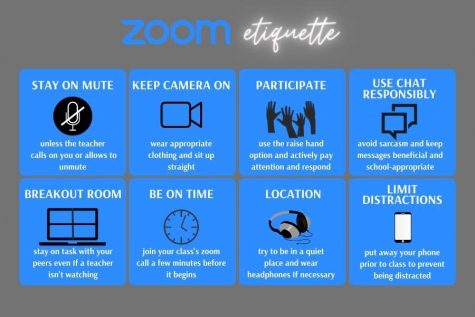

Aarya Oswal is a senior entering her fourth year at Wingspan. She loves spending her free time watching movies, painting, and sleeping in her free time...
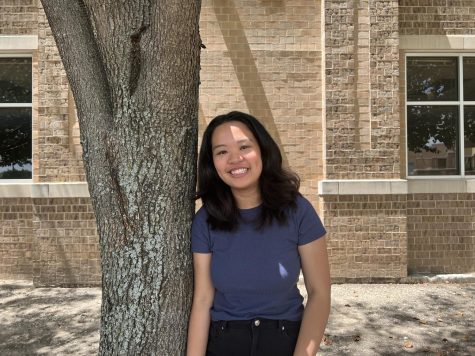
Erika Pernis is a senior entering her third year of Wingspan. During her spare time, you can find her reading, drinking boba, or hanging out with friends....



